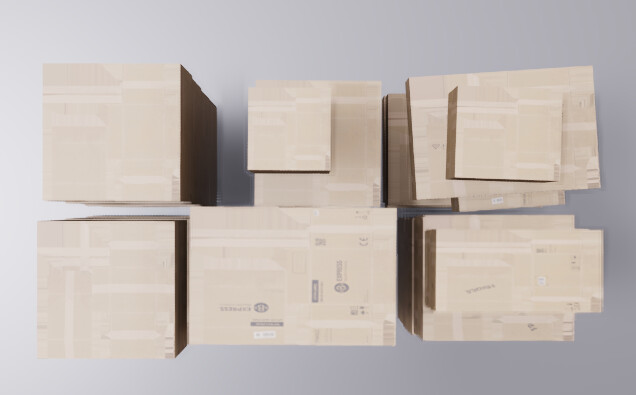Hi there,
I have been using the NVIDIA Replicator tool for my project,
and I’m interested in customizing the randomization algorithm used in the rep.create.cube function.
Specifically, I’d like to implement my own translation, rotation, and scale parameter generator to achieve two main goals:
maximizing the number of boxes within a specific range and ensuring that each box remains non-interfering with others.
I understand that the default randomization algorithm might not fully align with my requirements.
Therefore, I’m seeking guidance on where I can rewrite the algorithm in Replicator Code to achieve the following objectives:
- Bounding Range Optimization: I want to ensure that the boxes I create using my custom parameters stay within a predefined bounding range. This range is critical to my project’s context, and I need to make sure that no generated box exceeds these bounds.
- Non-interference Constraint: It’s essential that the boxes I place within the range do not interfere with each other. This means that they should not overlap or intersect, maintaining a minimum separation distance between them.

Thank you all!!



